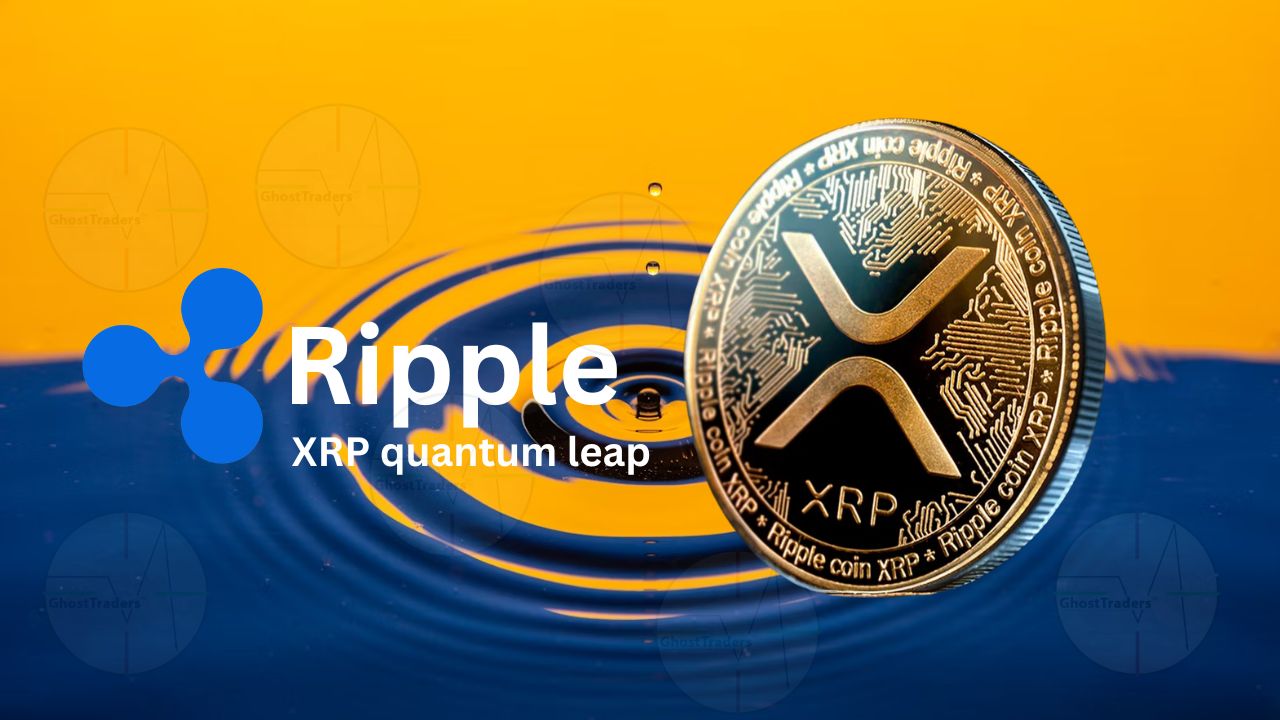
The Role of RippleNet in Cross-Border Transactions with Global Banks
Since its inception, Ripple has been at the forefront of transforming the global financial infrastructure. RippleNet, the decentralized network powered by Ripple, has emerged as a cornerstone for cross-border transactions in collaboration with global banks. This article provides an in-depth analysis of RippleNet’s infrastructure, its impact on international financial transfers, and its pivotal role in the adoption of XRP as a digital asset.
Understanding RippleNet’s Infrastructure
RippleNet is a comprehensive solution designed to offer a seamless experience in cross-border payments. It connects financial institutions to a blockchain-based network that delivers real-time gross settlement, currency exchange, and remittance services. The architecture of RippleNet is built on a three-pronged approach: the xCurrent, xRapid, and xVia modules.
xCurrent: The Messaging and Settlement Layer
xCurrent is RippleNet’s foundational protocol that enables banks to settle transactions with end-to-end tracking instantly. It is not reliant on XRP, Ripple’s native digital asset, but facilitates interoperability between different currencies and ledgers. xCurrent’s Interledger Protocol (ILP) allows for seamless integration with existing banking systems, minimizing the need for costly infrastructure overhaul.
xRapid: Leveraging XRP for Liquidity
xRapid is designed to improve cross-border payment speed and cost-efficiency by utilizing XRP as a bridge currency. This solution addresses the liquidity challenges faced by financial institutions, allowing them to source on-demand liquidity in real-time. By leveraging XRP, xRapid can significantly reduce the capital requirement for banks and improve transaction transparency.
xVia: A Simplified Payment Interface
xVia provides a user-friendly interface for businesses, payment providers, and banks to send payments across various networks. It simplifies the process of connecting to RippleNet, facilitating the sending of payments to numerous global endpoints without the need for multiple integrations. xVia enhances interoperability and broadens the reach of cross-border payment networks in the enterprise blockchain landscape.
The Impact of RippleNet on International Financial Transfers
RippleNet’s impact on international financial transfers is profound, offering a modern alternative to traditional banking systems like SWIFT. By reducing transaction times from days to seconds, RippleNet redefines the efficiency of cross-border payments.
Speed and Cost Efficiency
Traditional cross-border transactions often involve several intermediaries, leading to delays and inflated costs. RippleNet’s decentralized architecture eliminates these intermediaries, drastically reducing transaction times and costs. According to Ripple’s published data, payment processing times are reduced by up to 80%, and costs by approximately 40% compared to legacy systems.
Enhancing Transparency and Security
RippleNet enhances the transparency of financial transfers by providing real-time tracking and settlement details. This level of transparency is crucial for regulatory compliance and reduces the likelihood of fraud. The security of transactions is further bolstered by blockchain technology, which ensures data integrity through cryptographic verification.
Ripple Partnerships with Global Banks
Ripple’s strategic partnerships with global banks are pivotal in enhancing XRP adoption and expanding the reach of RippleNet. These partnerships enable banks to access RippleNet’s blockchain-based solutions, thereby transforming their cross-border payment services.
Key Collaborations
Ripple has established partnerships with over 300 financial institutions worldwide, including Santander, American Express, and SBI Holdings. These collaborations facilitate the integration of RippleNet into existing banking systems, offering enhanced payment solutions to a broader customer base.
Case Study: Santander’s One Pay FX
One notable example is Santander’s One Pay FX, a Ripple-powered service that allows customers to make instant, cost-effective international payments. The service has seen significant adoption, illustrating the efficacy of RippleNet in providing a competitive edge in the global financial infrastructure.
Comparing RippleNet with Legacy Payment Systems
To fully appreciate the value RippleNet brings to the table, it is essential to compare it with traditional systems such as SWIFT and correspondent banking networks.
SWIFT vs. RippleNet
SWIFT has been the backbone of international banking for decades, but it has its limitations, including high costs and slow transaction times. RippleNet addresses these issues with its blockchain-based solutions, offering faster, more affordable, and transparent transactions.
Correspondent Banking Challenges
Correspondent banking involves multiple banks in different countries working together to facilitate a transaction, often leading to increased complexity and cost. RippleNet simplifies this process by providing a direct, streamlined connection between institutions.
XRP Adoption and Digital Asset Compliance
The adoption of XRP as a digital asset is intrinsically linked to RippleNet’s success. However, this adoption must align with stringent crypto regulations and digital asset compliance standards.
Regulatory Landscape
The regulatory environment for digital assets is continuously evolving, impacting the adoption and integration of XRP. Ripple is actively engaged with regulators worldwide to ensure that XRP and RippleNet comply with existing financial regulations, helping pave the way for broader adoption.
XRP’s Role in Liquidity Management
XRP plays a critical role in liquidity management, allowing financial institutions to source liquidity on demand through xRapid. This capability is crucial for banks operating in markets with limited access to foreign exchange services.
Enterprise Blockchain and Global Financial Infrastructure
RippleNet is a prime example of how enterprise blockchain technology is reshaping the global financial infrastructure. Its decentralized network offers a scalable, secure, and efficient solution for cross-border transactions.
Scalability and Interoperability
Scalability is a critical factor for enterprise blockchain solutions. RippleNet’s architecture is designed to handle high volumes of transactions without compromising speed or security. Furthermore, its interoperability ensures seamless integration with various financial systems, fostering widespread adoption.
Future Prospects
As the global financial landscape continues to evolve, RippleNet’s role is likely to expand. Its ability to offer real-time settlement and liquidity solutions positions it as a leader in the enterprise blockchain space, potentially transforming how cross-border transactions are conducted.
Conclusion
RippleNet’s role in cross-border transactions with global banks signifies a paradigm shift in the global financial infrastructure. By leveraging blockchain technology, RippleNet offers a faster, more efficient, and transparent alternative to traditional systems. Its strategic partnerships, regulatory compliance efforts, and use of XRP for liquidity management underscore its potential to revolutionize the way international payments are processed.
As we continue to monitor the developments in this space, XRPAuthority.com remains committed to providing institutional-grade analysis and insights into the evolving landscape of digital assets and blockchain technology.
